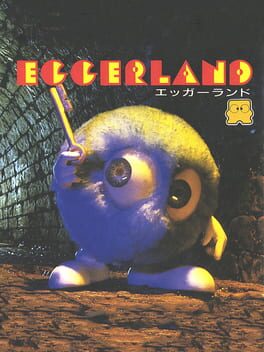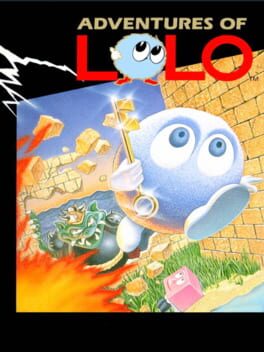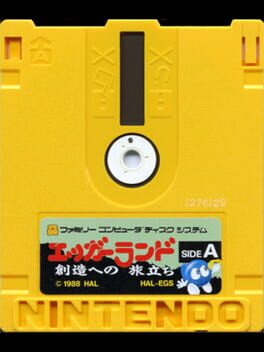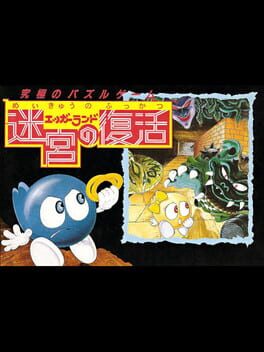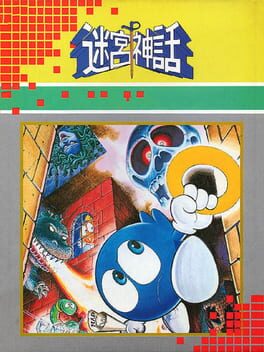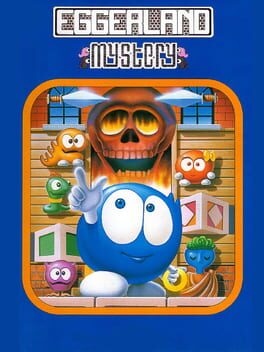

Peace lasted for many years in the beautiful realm of Eden Land. The people were at peace and everything was well. However, one day the incarnation of destruction, King Egger, came from the underground realm of Eggerland seeking to destroy the peaceful realm and claim it for himself. King Eden dispatched Lala to the God Inphony to seek his help, and Inphony gave her Inphonit Power and five keys to open the gate of evil. Four gods obeyed Inphonit and joined her, but Egger caught her while she tried to stop him and concealed her in his underground labyrinth of Eggerland. Fortunately, she succeeded in concealing the Inphonit Power, and Five Keys and Four Gods in the land of Eggerland. Lolo, prince of Gentle Land, heard the news that Lala had been captured and immediately ran to Eggerland to rescue her.
Also in series
Reviews View More
We join the blue blob for a third time in his ongoing series of puzzle-solving adventures. This time on the Famicom Disk System. A remake of Eggerland 2 on the MSX, this “Eggerland” provides 22 more levels than the original and uses different graphics and music.
Basically, this starts the Eggerland series in a direction in which I like to call the “cave years.” That is, everything in the game looks like it takes place in a cave. Then another Eggerland comes out, and everything takes place in the very same cave the last game did. Same graphics, same music, different puzzles.
What’s nice about this particular cave puzzle game is that like its cave sequel (Revival of the Labyrinth), it has an amusing ending. Unfortunately, also like its sequel, it has nigh unsolvable “hint rooms” which break the rules inherent to every Eggerland puzzle seen in the series thus far. All you need to know about these “hint rooms” is that they aren’t actually puzzles at all. If you can exercise the restraint to occasionally use an FAQ when you know you should and aren’t frustrated because of it, then you will be fine with this game.
One thing this game has that its sequel does not, is well-rounded difficulty. It is the fairest of the non-linear Eggerland games. And in case you’re wondering, yes, despite its horrible graphics and idiotic hint rooms, I consider this a better game than each of the Adventures of Lolo titles brought over to the West on the NES.
Now, you’re about at the end of this review and perhaps you are puzzled as to why I do not recommend this game. Well, I don’t recommend any of the Eggerland series games to a general gamer. You really have to like puzzle solving to enjoy these kind of games because that is by and large the only redeeming aspect to them: the sheer accomplishment you feel from solving a clever puzzle.
Every other aspect is noticeably lacking. The music is constantly looped and recycled, everything looks like a cave, and 99% of the rooms are just puzzles. What’s nice about this particular entry in the series is that it sports some non-linearity to slightly break up the continuous puzzle-solving and it’s got an amusing and interactive ending which most of the Eggerland games lack as do almost all Famicom endings.
